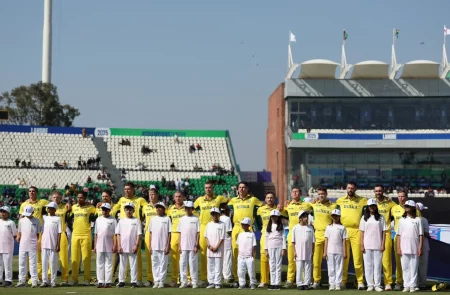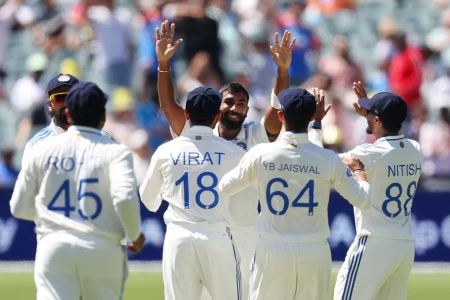There isn’t a consensus among cricket fans about this. Some have already written off cricket as a dying sport. The rest insist it has never been more alive. But whether cricket needs defibrillation or just a little push is a debate for another time. One thing everyone agrees on is that the sport is in desperate need of expansion.
It’s ironic and maybe even unfathomable to some extent. Walk down a bustling New York street and ask someone what they know about cricket. Watch them stare back at you confusedly, as if you just asked them to explain rocket science. And it’s not only New York. A staggering majority of that part of the world remains oblivious to cricket as if Christopher Columbus never set sail across the ocean.
It was not always like this, thanks in large part to colonization, which promoted cricket like nothing else. For the longest time, America and cricket enjoyed a relationship characterized by stretches of ghosting phases. In post-World War I America, however, baseball successfully devoured whatever popularity cricket had earned. After its exodus from the country, cricket managed to thrive in Europe, Asia, and, in fact, the majority of the world.
That does sound like a missed opportunity, commercially, financially, and for cricket’s future. People from a country that takes sports as a second religion hardly register the existence of the world’s second-most-watched sport. The International Cricket Council (ICC) has been working to change that for over a decade, and last year’s T20 World Cup was a major milestone in that struggle. But like the Nassau County Stadium, which was razed to dust as soon as the tournament ended, America’s fleeting interest in cricket tapered off too.
There is good and bad news, though. The good news is that we still have an untapped arena to expand cricket into. The bad news is no one quite knows how.
But a preceding question should be: Why America? Cricket, as we know it, thrives enthusiastically in just a handful of countries. Would it not be easier to expand it to other European or Far-Eastern countries where it faces less resistance? Easier, yes. Not lucrative, though. What makes America the perfect market isn’t just deep pockets but the booming South Asian diaspora there.
It’s a perfect storm for cricket: fans from the most cricket-crazy nations dwelling right in the middle of a goldmine. While they are busy keeping cricket alive in an alien land, as it grows organically, the natives might catch on, too.
That’s easier said than done. But only when one lets slip the fact that cricket has already somewhat firmed its feet in the country. A World Cup win against a team like Pakistan could not have possibly transpired without that. The tide is already turning; the real challenge, however, is to keep it doing so in the presence of more relevant sports.
If there ever was a right time to introduce cricket to Americans, this is it. Cricket is waiting to make a comeback in the 2028 Olympics in Los Angeles. If there is one thing Americans would not, under any cost, forsake, it’s an Olympic sport being staged on their turf.
Cricket has found its way into popular culture, too, and its impact only heightens for a generation essentially raised on social media. Even a seven-minute-long Bluey episode about cricket was enough to generate hype, however short-lived. It is only a matter of time before these fleeting moments transform into a more permanent emotion. Cricket does not need to conquer America overnight. It only needs to stick around long enough to become familiar. And when the country finally catches on, the world will not be inquiring if cricket can be great again. They will be watching it unfold in real time.



